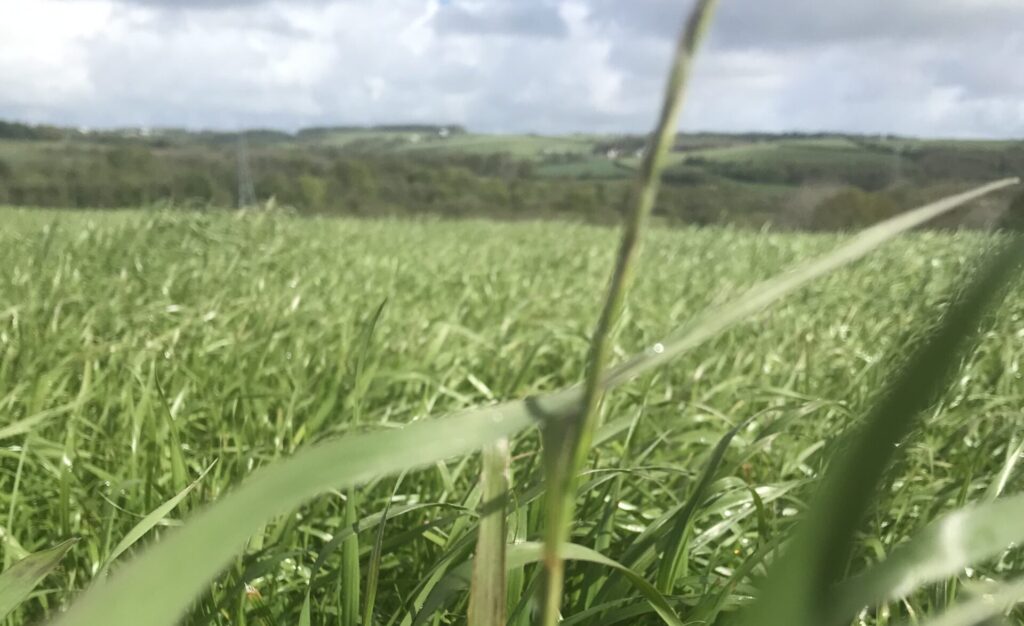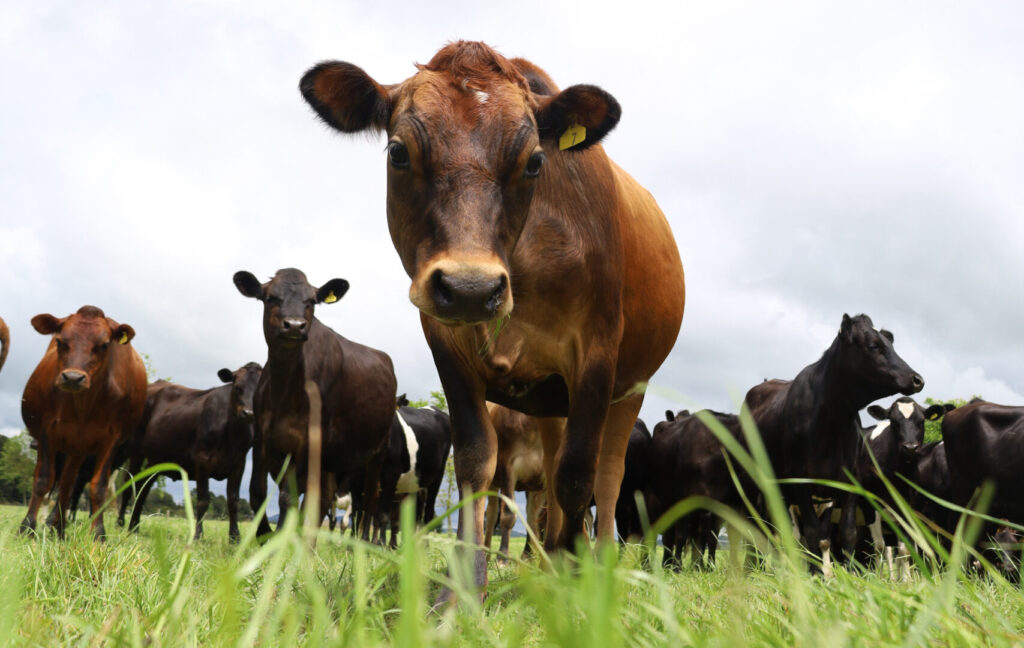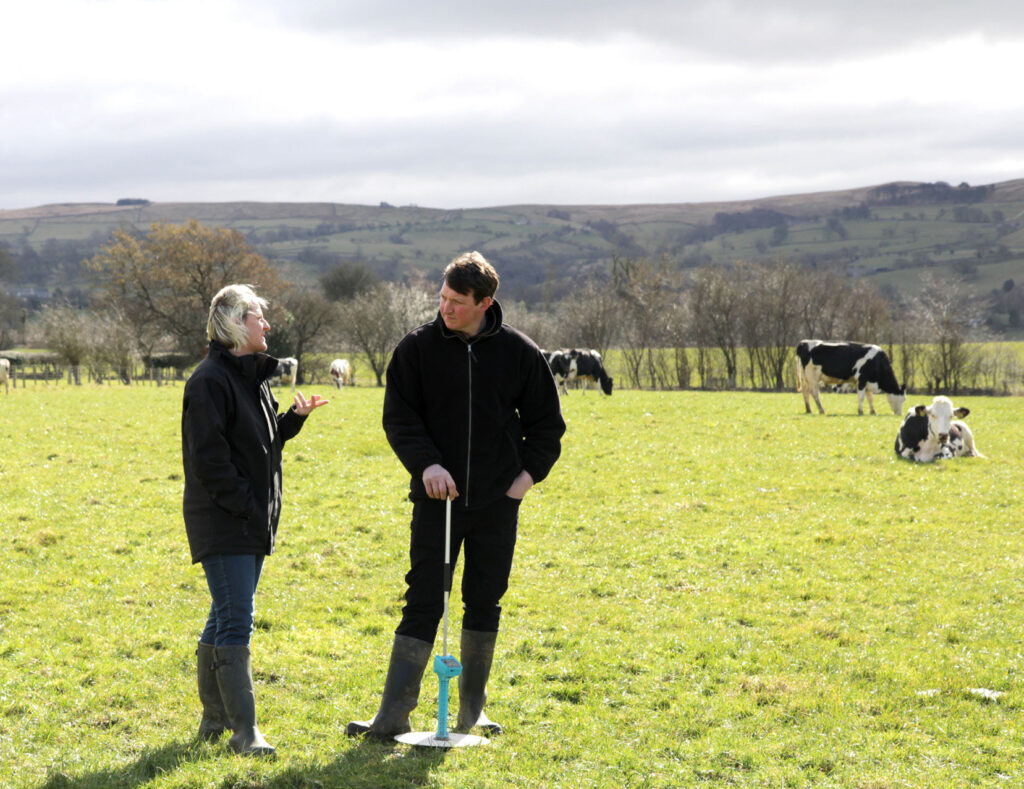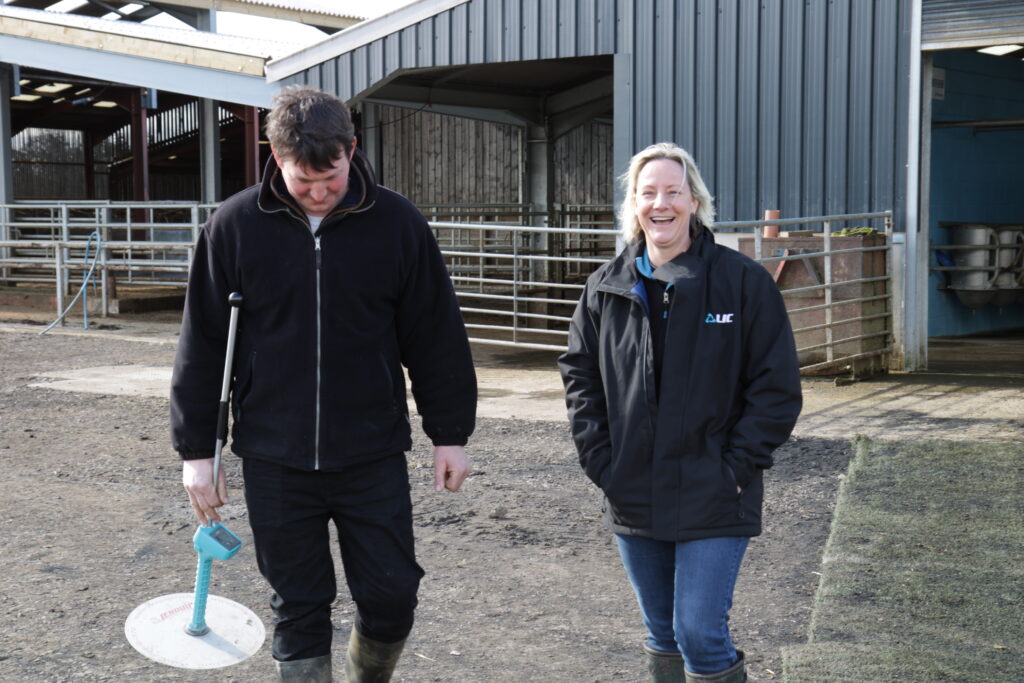Artificial insemination (AI) is a tool that farmers have been using to drive their businesses forwards for decades. It delivers the very best of dairy bull genetics to farmers around the world at an unprecedented scale, reducing the spread of disease between and within herds and brings health and safety benefits as fewer stock bulls are required on farm.
The increase in animal production efficiency through genetic gains are also very impressive. By delivering food with a lower environmental footprint per unit produced, AI is proving a support in not only man’s fight against climate change, but it is helping with the global food supply issue too.
And the developments in AI continue. Advancements in technology are providing an ever-increasing array of AI semen types available to farmers, so they can choose the right genetics to suit their businesses. It’s no wonder we are seeing increasing amounts of farmers taking advantage of this opportunity.
Now, some farmers are choosing to extend the use of AI during their mating period. Here is a closer look at some of the benefits of doing so:
Benefits of extending AI
Extending AI is a trend we are seeing occur more on farms throughout the UK. But how they are extending AI differs from business to business. It could simply mean extending the initial period of AI in the dairy herd, or increasing the proportion of the herd that’s mated to AI straws, or even restarting AI for a short time at the end of the mating period.
Whatever the approach, there are several benefits to be gained from extending AI usage.
- Herd quality gains: The genetic merit of the herd can be accelerated by mating the best 80-90% of the herd to dairy semen and the lowest 10-20% end cows to specialised beef straws. This helps farmers hit the target numbers for replacement heifers while producing more beef calves for sale.
- Signal the end of the replacement calves: By following the dairy AI mating period with a week of AI to SGL Hereford bulls, farmers can produce easily identifiable white-faced calves. This is particularly useful if the stock bull is less distinctive.
- Reduce stock bull requirements: Stock bulls are expensive to buy and are not the safest or most pleasant of animals to handle. By extending AI, stock bull numbers can be reduced. Some farmers even find that switching to total AI reduces their average cost per pregnancy and that reproductive performance is just as good as when using stock bulls to tail the herd.
Deciding on AI length
When deciding on the length of your AI mating period, it’s important to account for mating length, submission and pregnancy rates, rearing losses and stock bull capacity. Ask yourself:
- Do you have enough sound stock bulls on hand?
- Was your 6-week submission rate = 90% and pregnancy rate = 60%?
- What are your normal expected pregnancy and rearing losses?
You also need to estimate your future replacement rate before you finish AI:
- How many dairy straws have you used to date?
- Divide by 5 (or 6) to estimate your likely heifer replacement tally
Once you have this information, you can determine whether you can stop AI or extend it a little longer. A quick calculation to help is that on average, you need five inseminations per heifer completing a first lactation in the herd.
To help determine the length of your AI extension, ask a Pasture to Profit consultant for detailed advice specific to your farm.



